Thermal imaging cameras used to be found mostly in the military. Today they are common in home inspection, industrial maintenance, emergency services and outdoor activities.
You might see a building inspector scanning for heat loss, an electrician checking for hot spots in wiring or a wildlife enthusiast watching animals at night. If you are thinking about getting a thermal imaging camera, it helps to know how it works and what makes a good one.
What is a Thermal Imager?
A thermal imaging camera detects infrared radiation, which is heat, and turns it into a visual image that shows temperature differences. It does not rely on visible light. Total darkness, fog or smoke will not stop it from working.

This kind of tool is not about seeing more light. It is about detecting heat patterns that your eyes cannot pick up. Whether you are looking for overheating machinery or trying to find a pet at night, a thermal camera can reveal details you would otherwise miss.
Common Uses of Thermal Imaging Camera
A thermal imaging camera has more uses than most people realize. A home inspector can find a leak inside a wall without tearing it open. An electrician can detect a hot wire before it fails. Firefighters use them to see through smoke and locate people. Farmers use them to check crop health and irrigation.
They are also popular outside of work. Hunters track game in the dark without disturbing it. Search and rescue teams scan large areas quickly to find missing people.

Thermal Imager vs. Night Vision
These two devices are often confused but work differently. Night vision amplifies existing light, which means it needs at least some light to work. A thermal imaging camera reads heat signatures instead, so it works in both complete darkness and bright daylight.
One limitation is that if two objects have the same surface temperature, even the most advanced thermal imaging camera may not be able to tell them apart.
![]() Choosing the Right Thermal Imaging Camera
Choosing the Right Thermal Imaging Camera
When choosing a thermal imaging camera, consider resolution, refresh rate and temperature range. Higher resolution gives sharper images, which is important for detailed inspection. A higher refresh rate helps when tracking moving targets. The temperature range should match your work requirements.
Modern thermal imaging cameras may also offer Wi-Fi streaming, image blending with regular photos and built-in analysis tools. If you often work in challenging environments, a high-resolution, fast-refresh thermal imaging camera can make your job faster and more accurate.
Also, Thermal camera phone are well suited for quick checks and portable use, while dedicated handheld thermal cameras are better for frequent inspections that require higher accuracy, durability, and longer battery life.

Conclusion
A thermal imaging camera is more than just a piece of equipment. It can change the way you see and understand your surroundings. By knowing how it works, what it is best at and its limits, you can choose one that fits your needs.
From checking electrical systems to exploring the outdoors, the right thermal imaging camera will help you spot what others cannot see.
Related Reading:


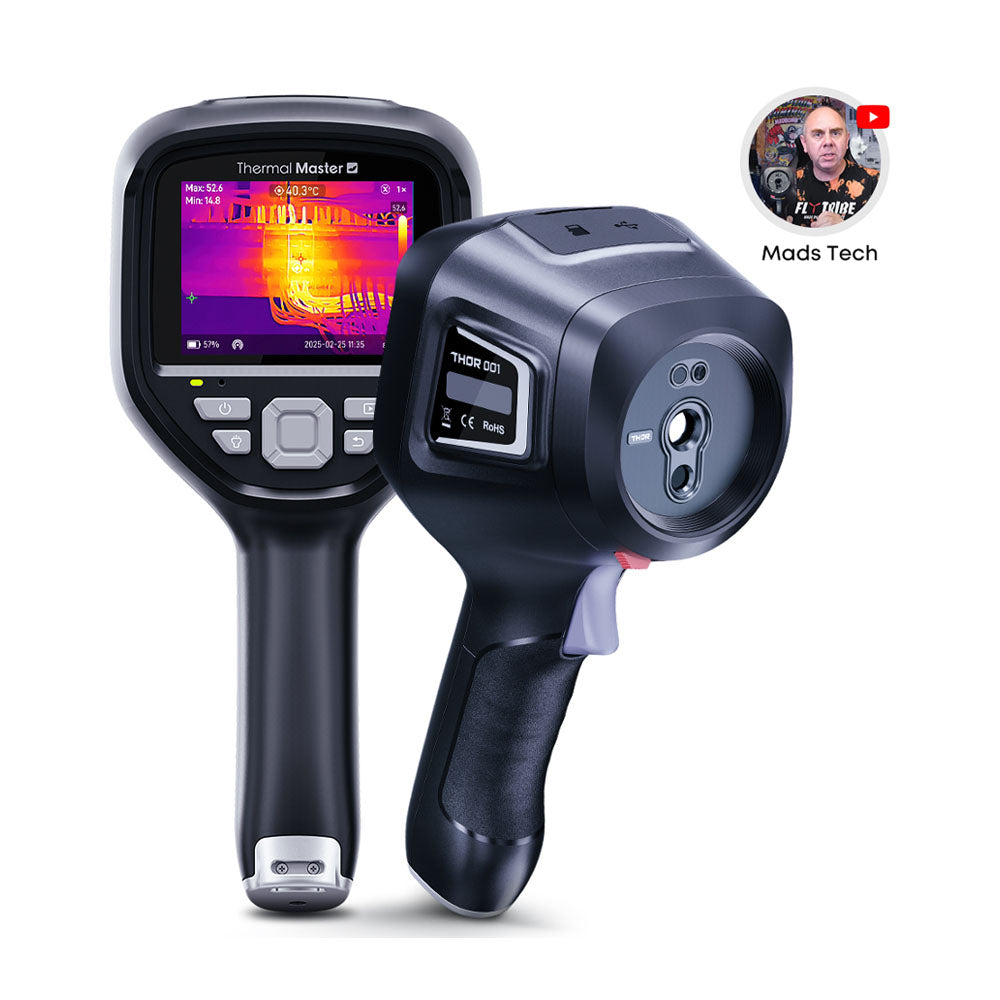

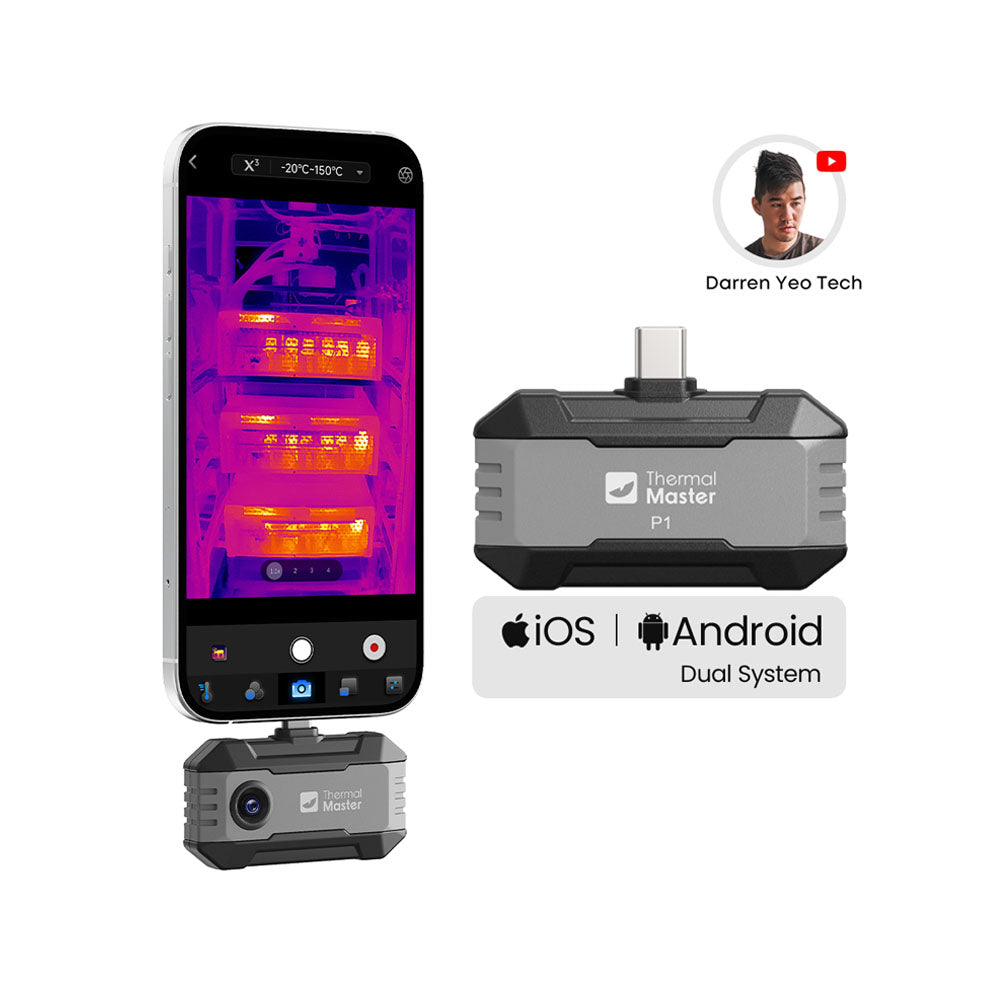
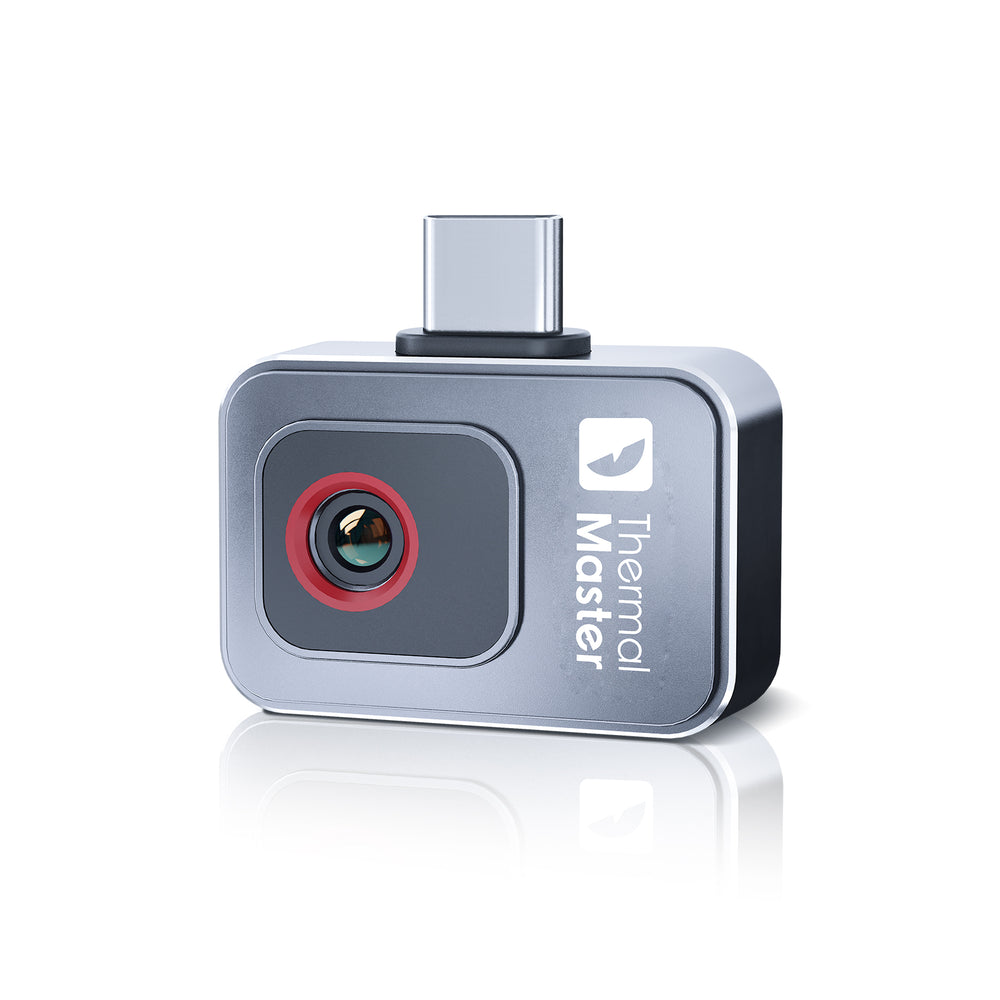


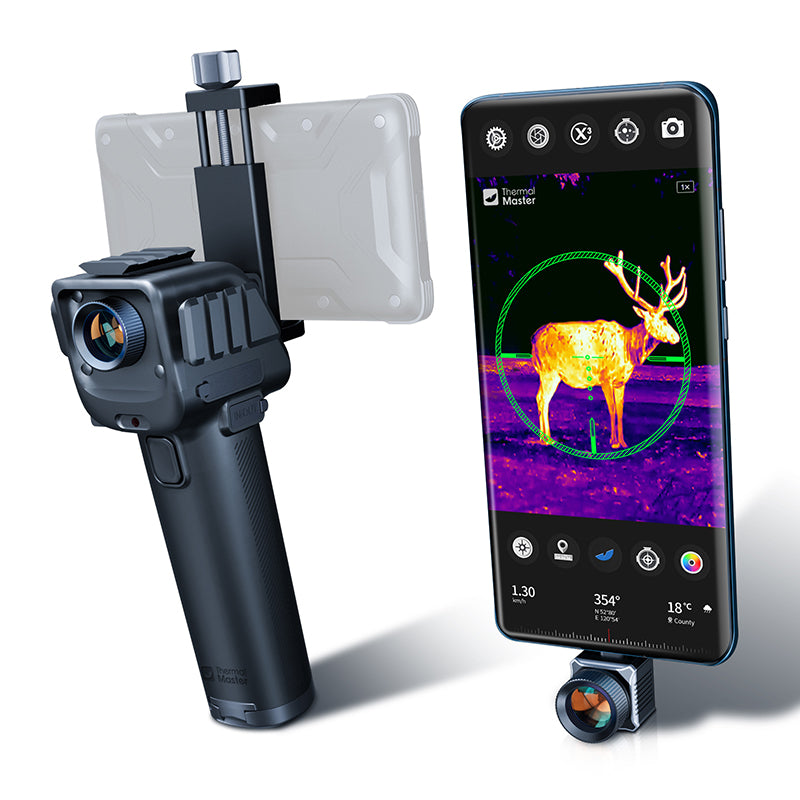
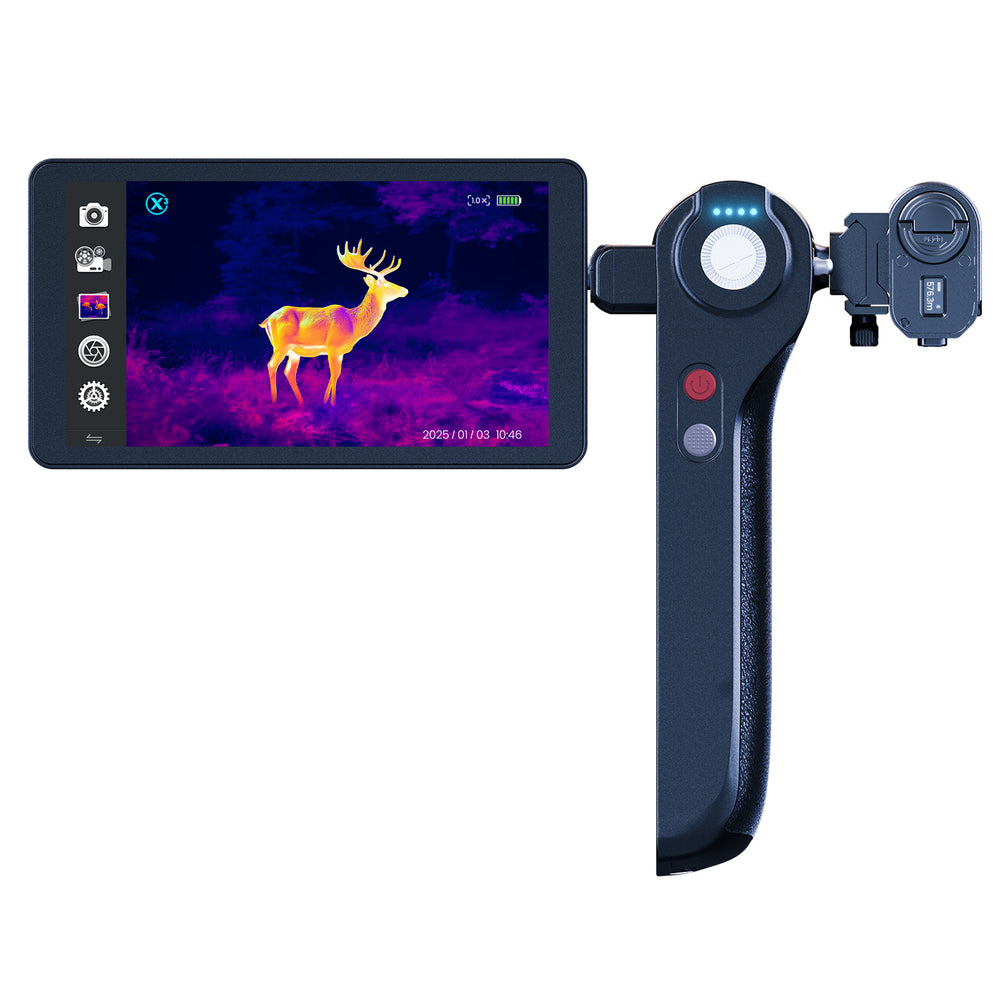

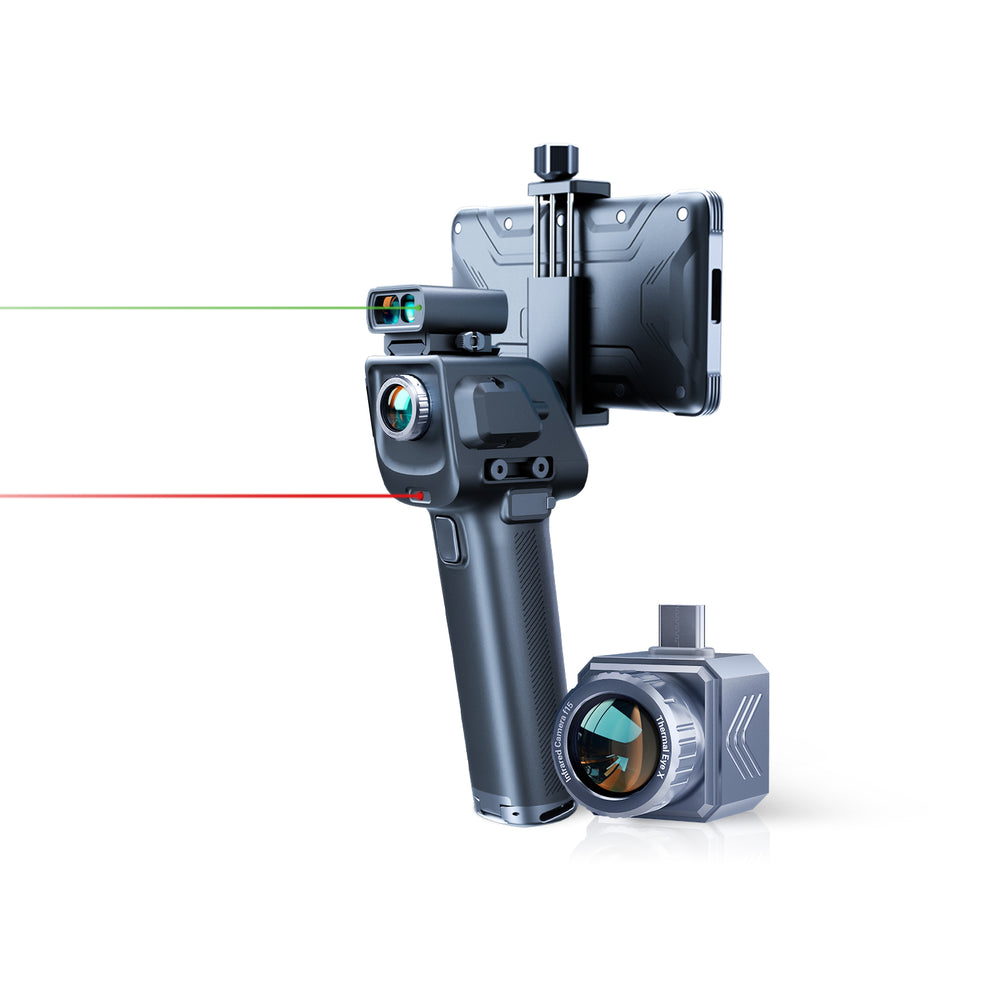
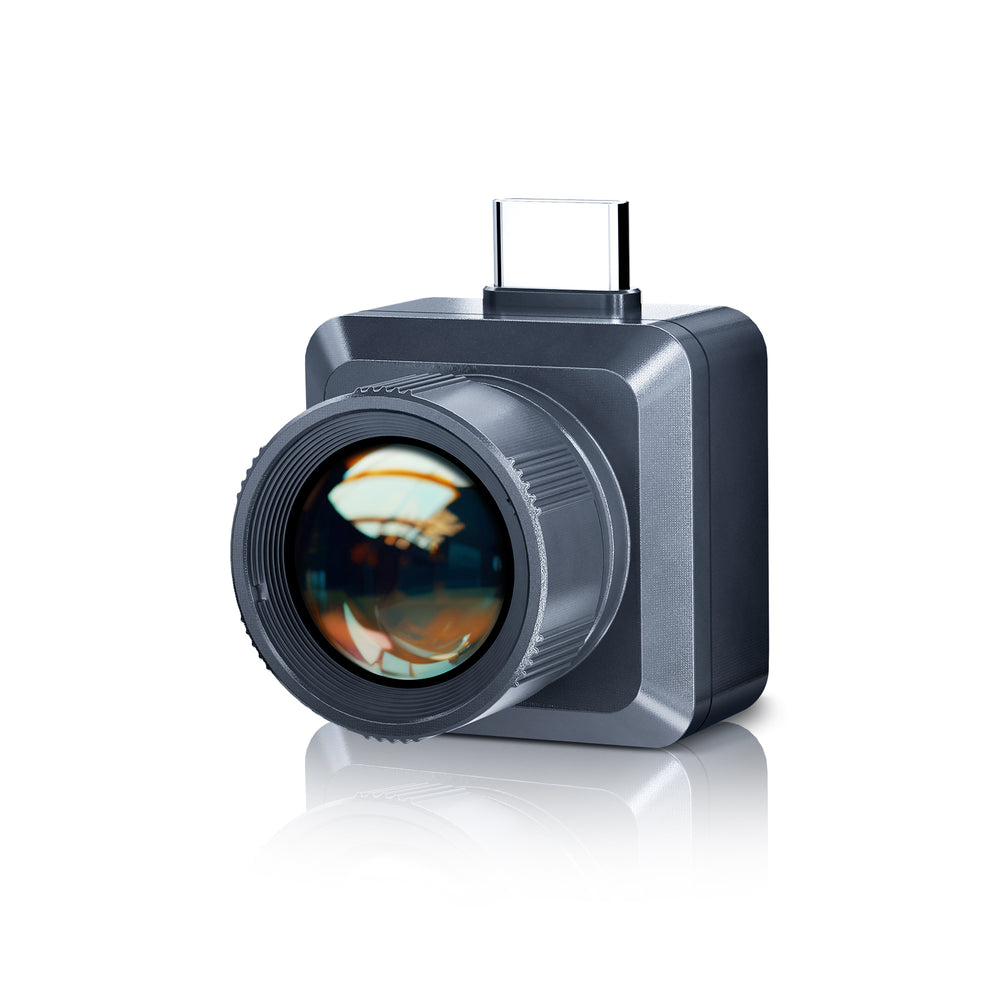

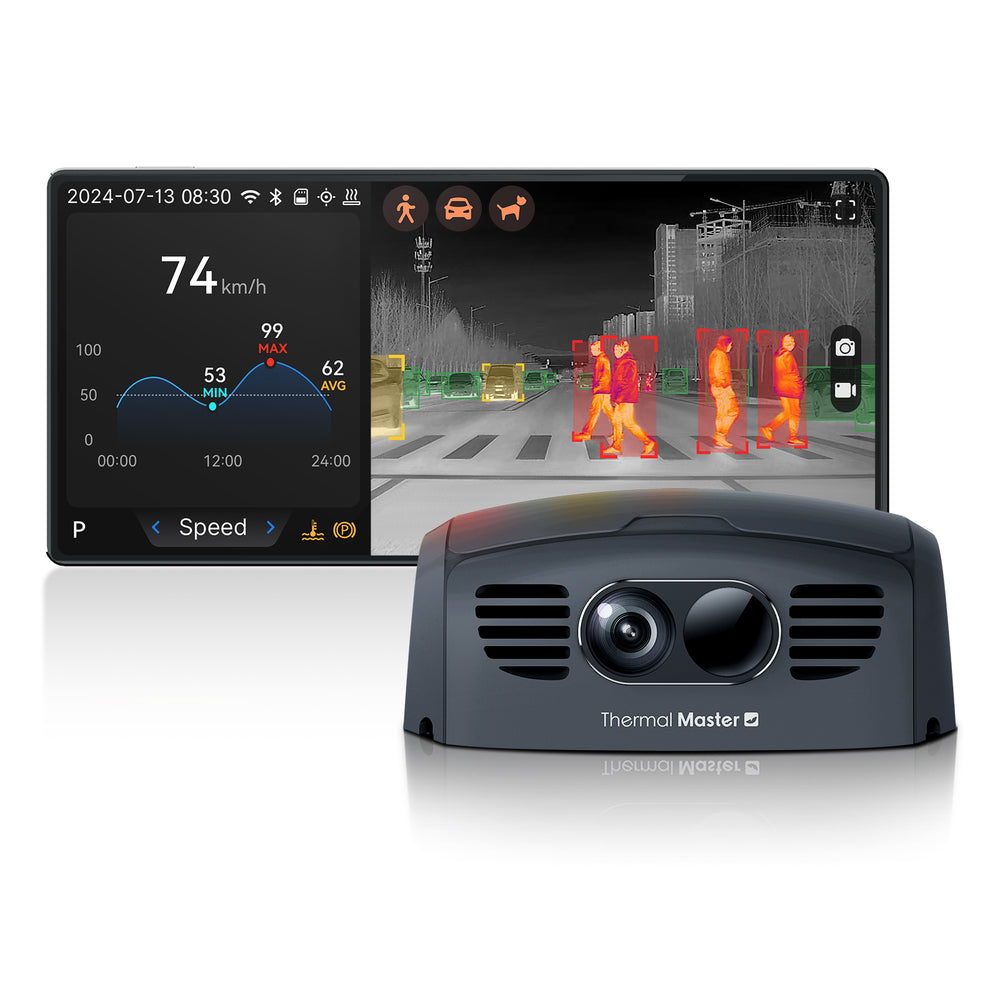
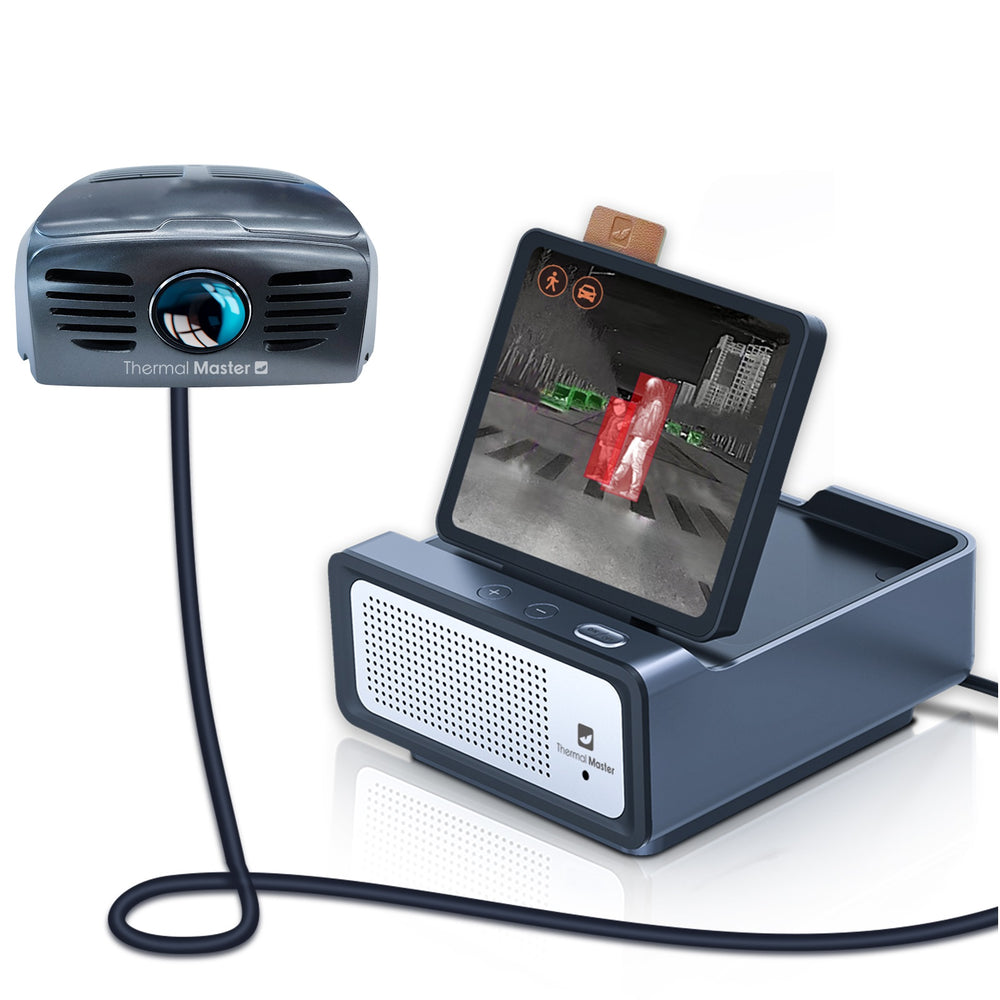
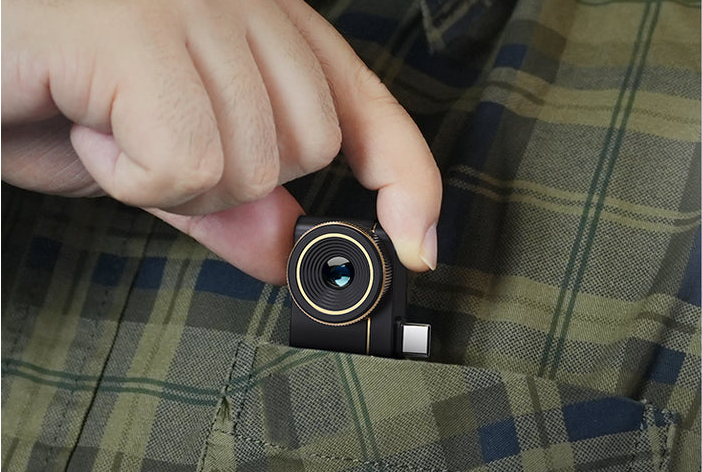
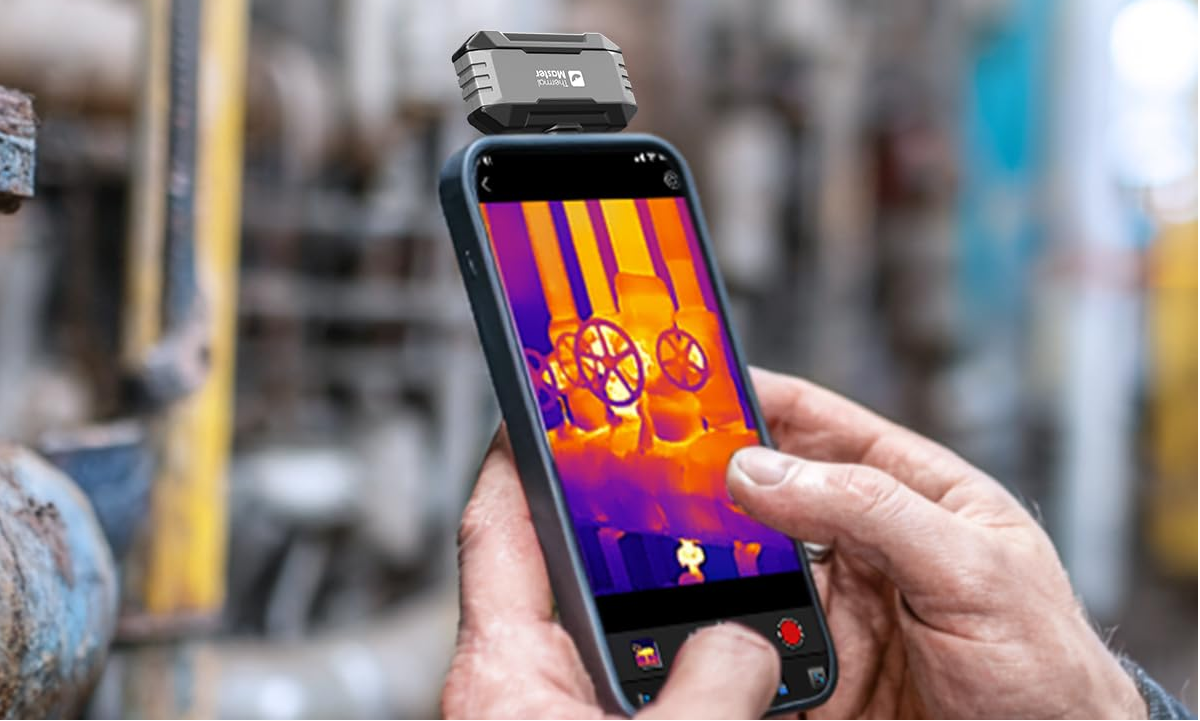


Leave a comment
All comments are moderated before being published.
This site is protected by hCaptcha and the hCaptcha Privacy Policy and Terms of Service apply.